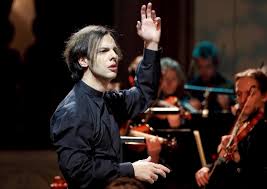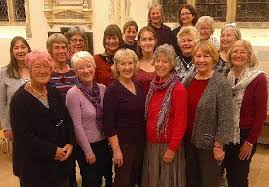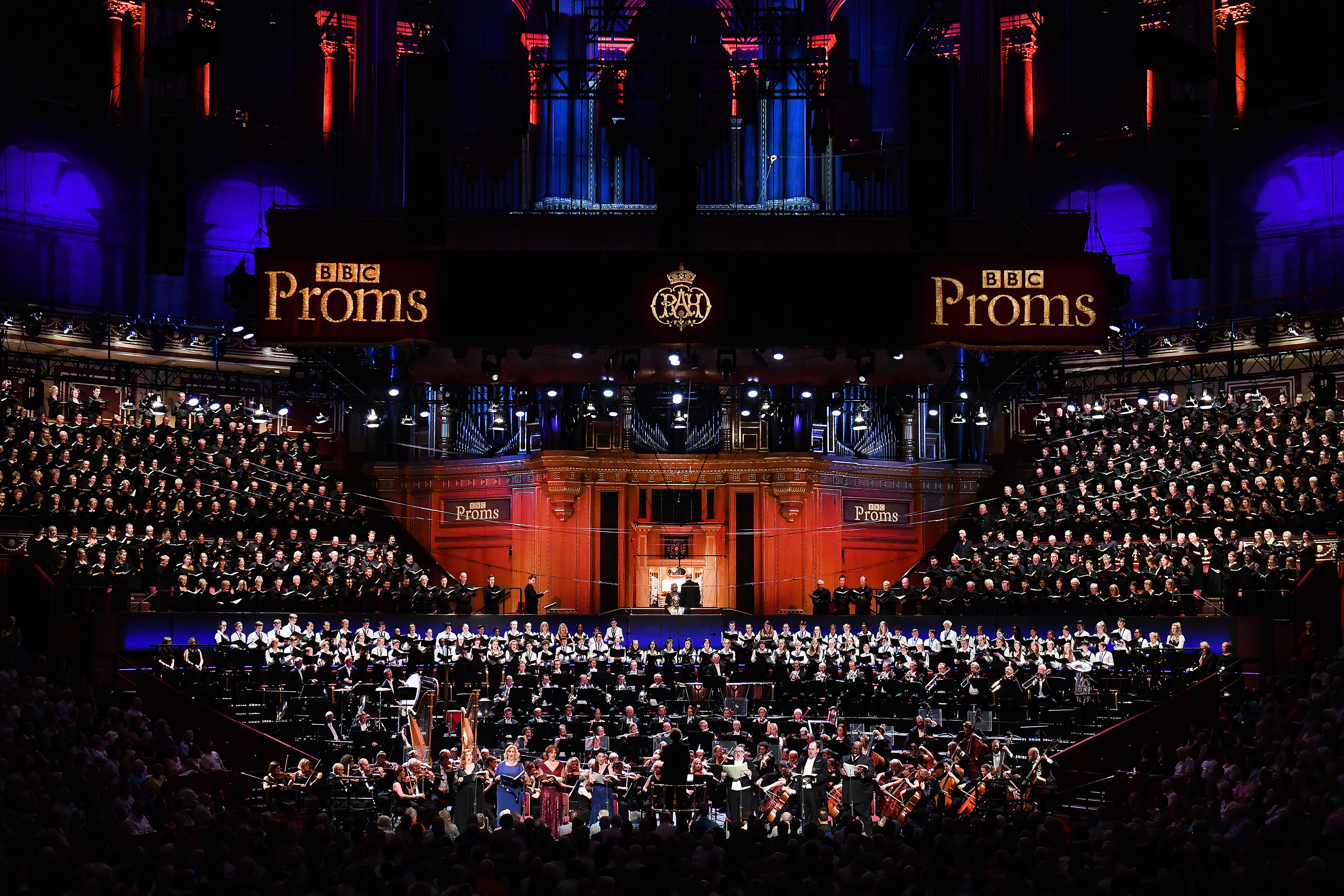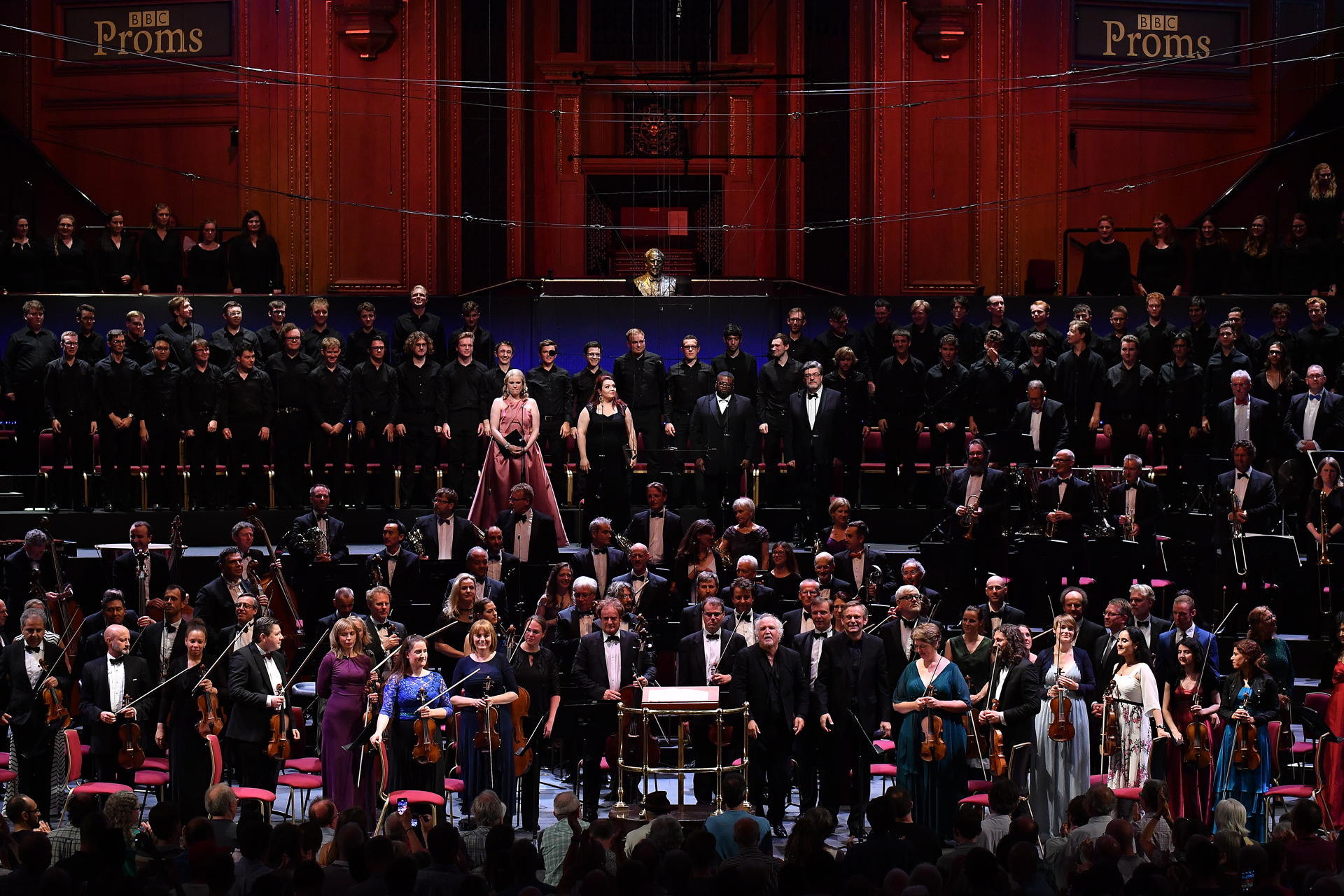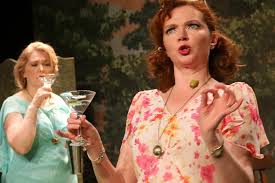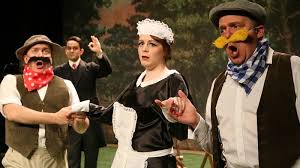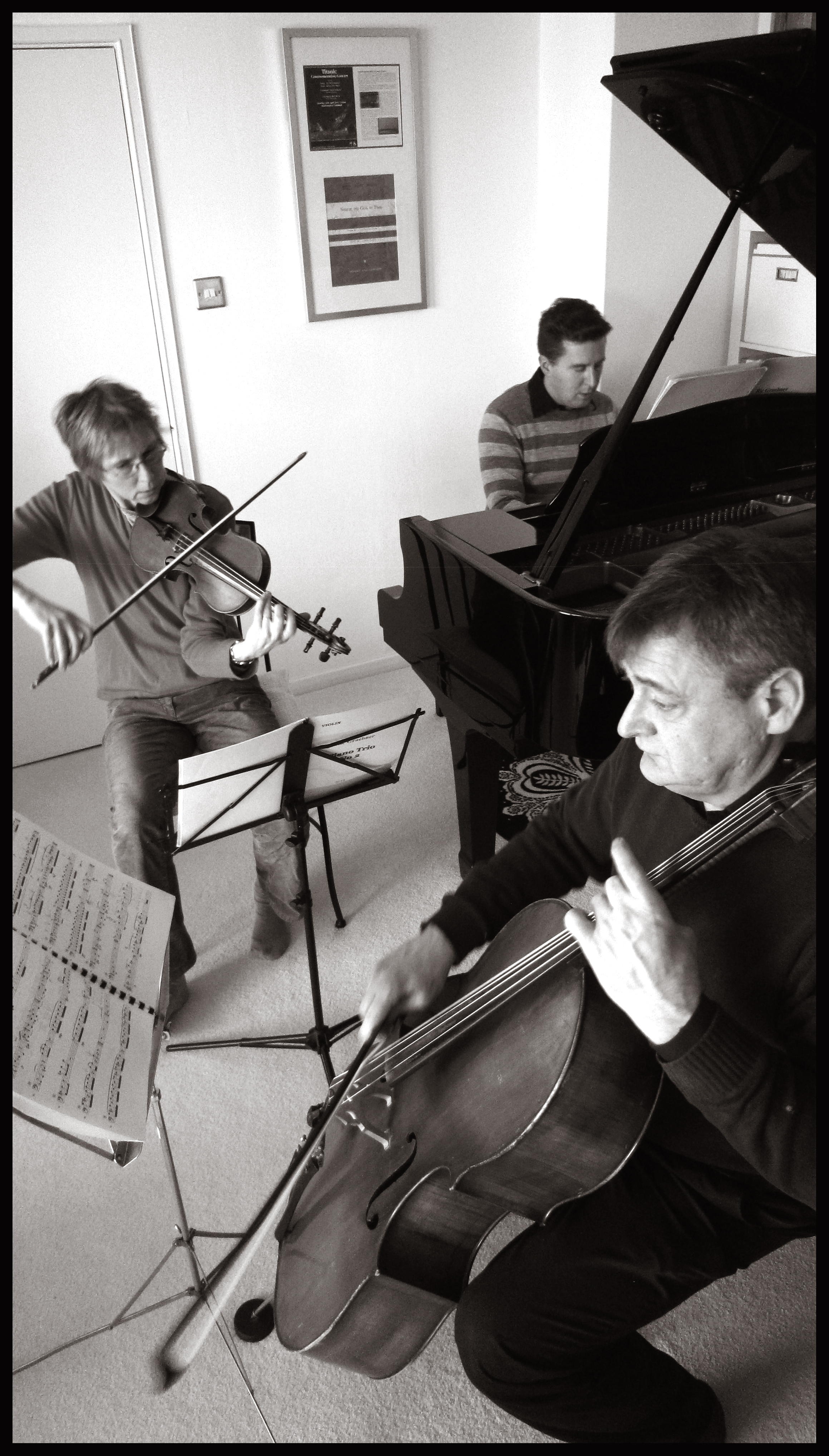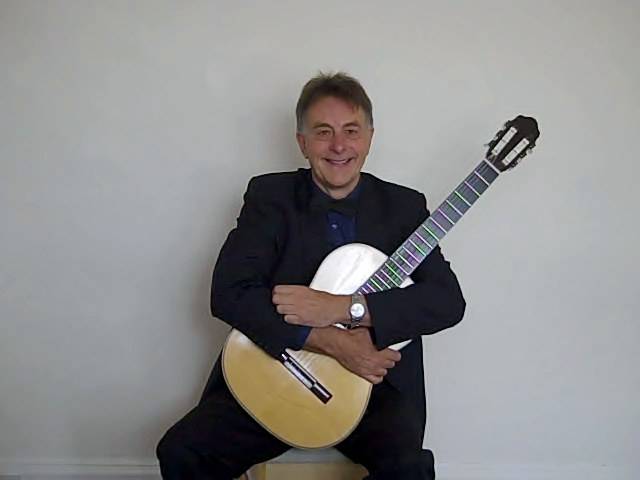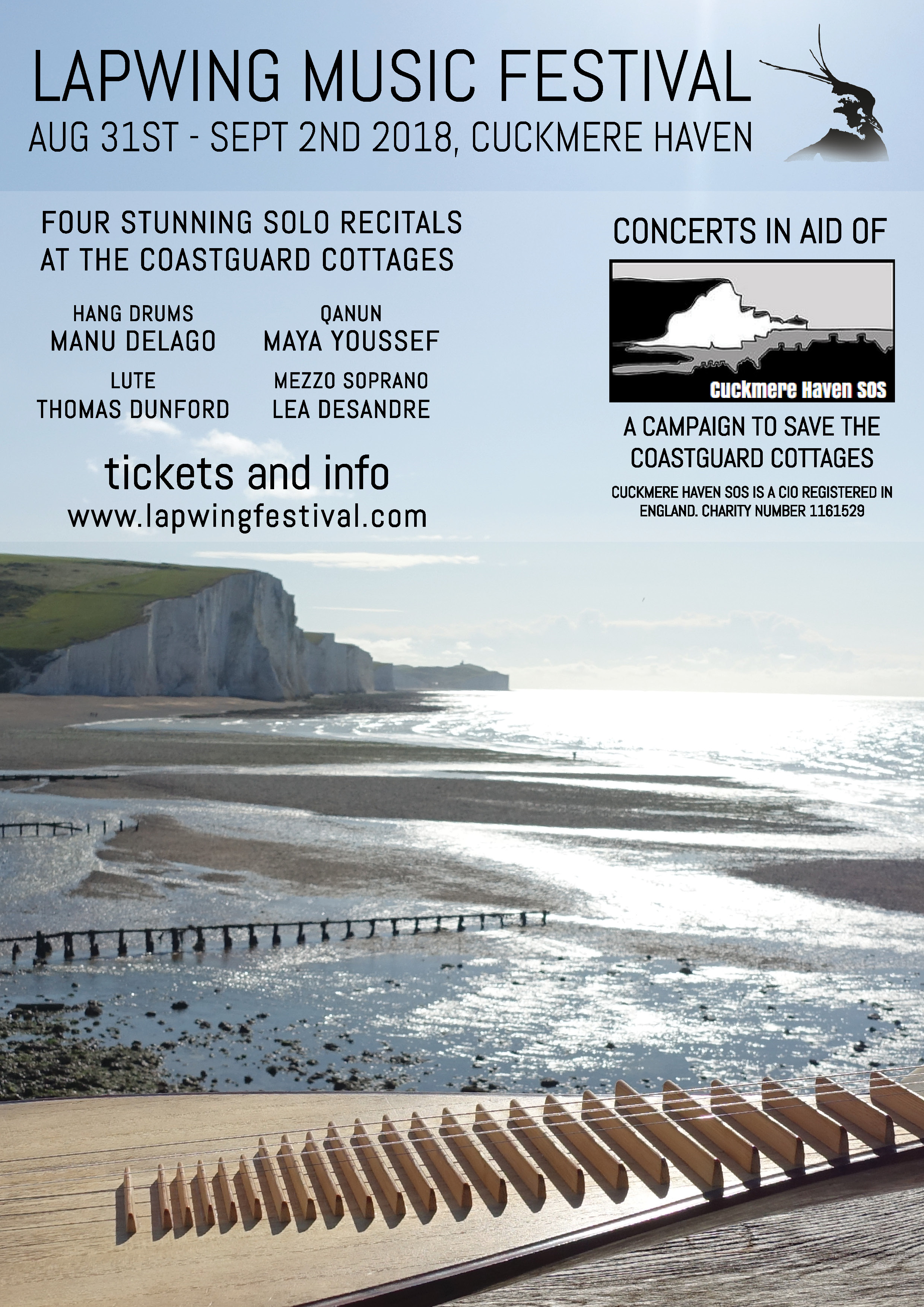James MacMillan: String Quartets
Royal String Quartet
HYPERION CDA 68196
If you do not already know these works may I suggest you approach them in reverse order? String Quartet No3 is the most abstract and, while deeply introspective, the most immediate and moving. The final movement, marked patiently and painfully slow, winds its way ever upwards and is both transparent and transcendent. The more complex and insistent first quartet entitled Visions of a November Spring shows the composer wrestling with new ideas and we seem to be in the midst of his battles. The second quartet, Why is this night different? is more immediate but still demanding.
However there is much to engage with here and will repay the efforts made.
Rachmaninov: Etudes Tableaux
Stephen Osbourne, piano
HYPERION CDA 68188
Two sets of nine Etudes Op 33 and 39 are recorded here complete and may be known to some listeners as five of them were orchestrated by Respighi. Though Rachmaninov provided programmatic notes for these they do not need descriptors to convince the listener, the range of moods and technical finesse being more than enough to engage the ear. I particularly enjoyed the final etudes of Op39 with the transition from the more refined No8 in D minor to the march of No9 in D major.
Schubert: Schwanengesang
Brahms: Acht Zigeunerlieder
Arranged for French horn and piano
Tim Thorpe, French horn; Christopher Williams, piano
NAXOS 8.573815
Much as I can appreciate the quality of musicianship here I do not warm to the arrangements themselves. Though the Brahms works better, the Schubert seems too extrovert and at times simply too loud for the score itself. A pity as the quality of playing is itself excellent.
Louis Spohr: Sonatas for harp and violin
Masumi Nagasawa, harp; Cecilia Bernardini, violin
BIS 2302
One of those unexpected delights – a disc full of lovely music, expertly played – and all totally unfamiliar.
Wagner: Tristan und Isolde
Bayreuth Festival 1958, Wolfgang Sawallisch
ORFEO C 951183D
There are of course large number of recordings of Tristan but this has a great deal to recommend it. I have a personal interest as we saw Wieland’s production in Bayreuth in 1967 with almost the same cast. Windgassen and Nilsson are here in ecstatic form and were never better vocally. There are few singers today who can come anywhere near their emotional power and intensity while also providing such musical splendour. Wolfgang Sawallisch is at the height of his power here in the Bayreuth pit, and the sweep of the drama is hedonistic in its intensity.
A Courtly Garland
Robert Farley, baroque trumpet, Orpheus Britannicus, Andrew Arthur
RESONUS RES 10220
The trumpet is essentially a military instrument but within the baroque period became incorporated into more refined and courtly compositions. This engaging recording traces that history with a large number of compositions, most of them unknown to me, though Frescobaldi and Corelli will ring more familiar bells. Orpheus Britannicus provide a wide range of accompaniment to Robert Farley’s bright baroque trumpet.
Beethoven: Three Piano Trios Op1
Trio Goya
CHACONNE CHAN 0822(2)
I was immediately struck by the sound of the fortepiano which dramatically changes the impact and balance of these works – the three Trios Op1 – and rightly so for these are very early works by Beethoven. Though not his first compositions – Opus numbers are never terribly reliable – they do date from his early years in Bonn c1794 and are beautifully crafted. Violin and piano carry most of the interest as the cello part had yet to reach the prominence it does in subsequent works. An engaging and convincing recording.
Haydn: Piano Sonatas Vol7
Jean-Efflam Bavouzet
CHANDOS CHAN 10998
Some recording labels are doing a sterling job in producing repertory which lies outside the more familiar simply by issuing volume after volume for composers who produced reams of work within the same field. Though this may appeal more to the overt specialist it is pleasing to find new works which are just as musically enhancing as others within the genre. This is certainly true of this seventh volume of Haydn sonatas. Did he ever write a dull note? If he did it is certainly not here, and the five sonatas included are as convincing as any which have gone before, and splendidly recorded.
Richard Rodney Bennett Vol2
Howard McGill, saxophone, BBC Scottish Symphony Orchestra, John Wilson
CHANDOS CHSA 5212
This recording gets easier on the ear as it proceeds. Though known for his jazz compositions and influence, Rodney Bennett’s Concert for Stan Getz, written in 1990, is a modernist composition with jazz overtones rather than a jazz work in its own right. Perhaps the most immediate works here are the Serenade and the 1995 Partita which brings the recording to a graceful conclusion.
The Gates of Vienna; Baroque organ music from the Hapsburg Empire
Robert James Stove
ARS ORGANI AOR001
The Nicholson organ now in the Catholic Church in Mentone, Australia, has been finely restored and sounds splendid on this new recording. It would be worth adding to your collection for this alone, but Robert James Stove has managed to find a number of baroque works here recorded for the first time.
The instrument has a convincing range of voices, and the edge and attack are splendid throughout.
I particularly enjoyed the range of pieces from Chaumont’s Pieces d’Orgue¸ to the anonymous Alia Chorea. If Zach’s Prelude and Fugue in C minor brings a more sombre note, the brief Dance of Lazar Apor raises our spirits before the end.
Copies of the cd are available via the website www.arsorgani.com
Puccini: La Fanciulla del West
Teatro di San Carlo, Jura Valcuha
DYNAMIC 37816
This rather conventional production is nonetheless well sung and moves with some conviction, even if the sets are too big for the action within them. Emily Magee is a convincing Minnie and Claudio Sgura a totally convincing, swaggering, Jack Rance. Roberto Aronica sings well as Dick Johnson but his movement on stage is less than convincing given the heavy levels of naturalism required by the director Hugo de Ana.
Rossini: Le Comte Ory
Malmo Opera, Tobias Ringborg
NAXOS 2.110388
This production from Malmo Opera creates a fantasy world within which the the comedy unfolds and is amusing as well as musically pleasing throughout. Leonardo Ferrando is a sleek Ory but it is the chorus work and the splendid orchestral playing which keeps Linda Mallik’s production alive to the last note.

